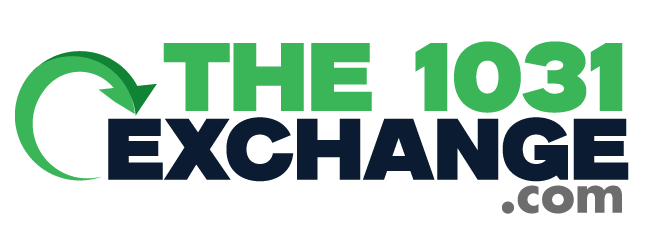What types of properties qualify for a 1031 Exchange? ➤
In a 1031 Exchange, properties must be “like-kind,” meaning they should be similar in nature or character, regardless of quality. Qualifying properties include rental homes, commercial buildings, raw land, and industrial properties. Personal-use properties like primary residences typically don’t qualify. Our specialists can help you identify eligible properties and ensure IRS compliance.
How many properties can I identify in a 1031 Exchange? ➤
You have three main options: (1) The “Three Property Rule” lets you identify up to three properties, regardless of value. (2) The “200% Rule” allows unlimited properties, provided their total value doesn’t exceed 200% of the sold property’s value. (3) The “95% Rule” permits identifying any number of properties, as long as you acquire at least 95% of the total value. We’ll guide you in choosing the best approach for your goals.
What happens if I miss the 45-day identification deadline? ➤
The 45-day deadline is strict. If you fail to identify replacement properties within this timeframe, you lose the tax-deferred benefits of the exchange and must pay capital gains taxes on the sale. Our team will ensure you stay on schedule, identify suitable properties, and avoid costly mistakes.
Are there any limits on the number of 1031 Exchanges I can do? ➤
No, there’s no limit. Many investors use a strategy called “swap ‘til you drop,” repeatedly deferring taxes through successive exchanges. Each exchange allows you to grow your portfolio and reinvest capital gains. We’ll help you navigate the rules to maximize your long-term wealth-building strategy.
How does using a Qualified Intermediary impact my 1031 Exchange? ➤
A Qualified Intermediary (QI) is essential, as the IRS prohibits you from directly accessing proceeds from your property sale. The QI holds these funds to maintain tax-deferral eligibility and ensures compliance. We’ll connect you with reputable QIs for a secure and seamless transaction.
Can I use a 1031 Exchange to upgrade or diversify my portfolio? ➤
Yes, you can use a 1031 Exchange to upgrade or diversify. Whether you’re exchanging a single property for multiple ones or moving from residential to commercial properties, this tool helps you align investments with your goals. Our team specializes in strategic portfolio repositioning to maximize growth.
What are the primary benefits of completing a 1031 Exchange? ➤
Key benefits include deferring capital gains taxes, reinvesting 100% of your proceeds, and significantly growing your portfolio over time. You can also upgrade assets, diversify geographically, or enhance cash flow potential. Our experts will help you make the most of these advantages for a solid long-term strategy.






